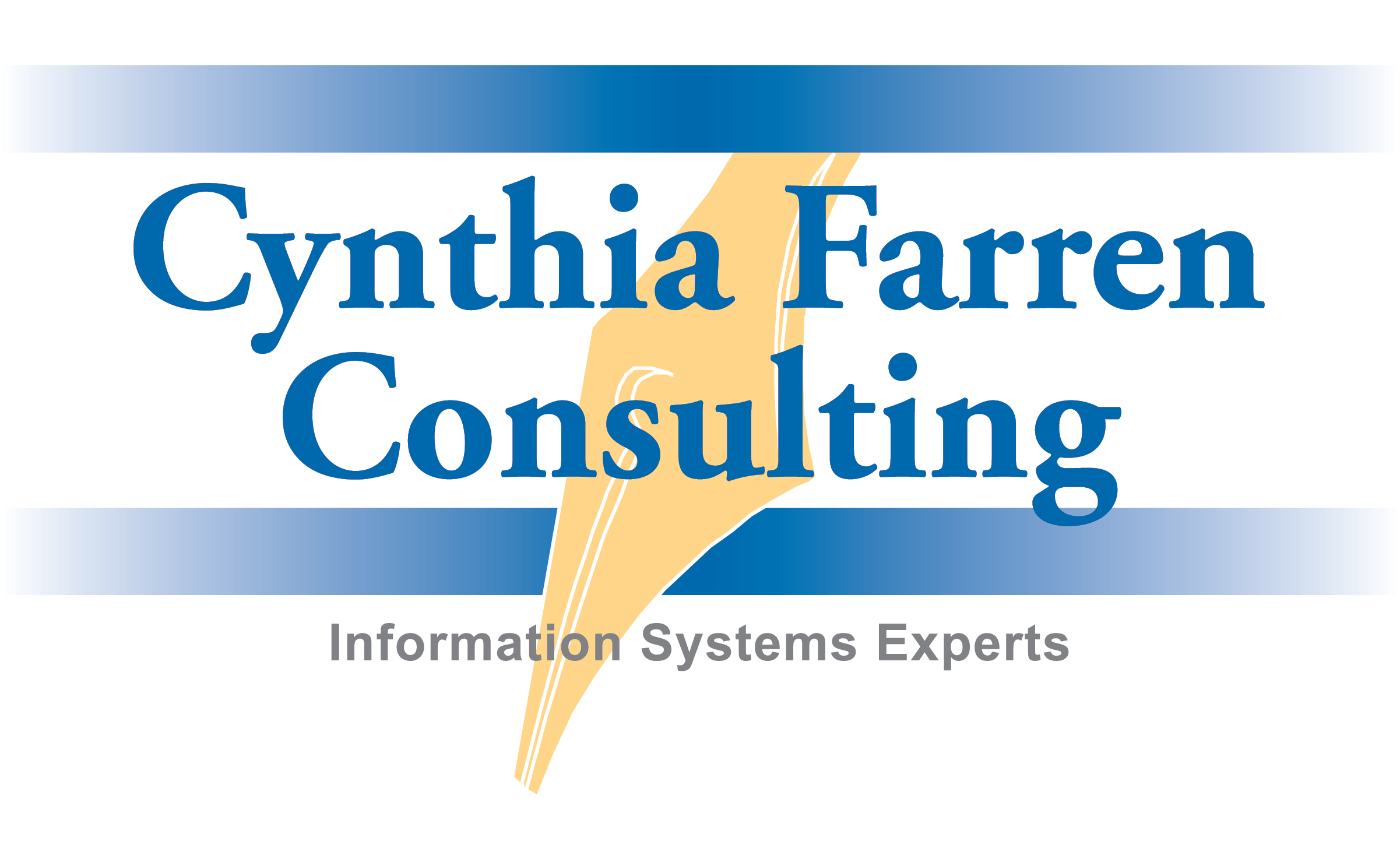When finances are tight it’s not uncommon for companies to start expiring their maintenance contracts, including software maintenance. As with any maintenance agreement that is allowed to expire, it’s important that an organization understand the full implications of their actions so that it is a strategic event rather than a reactionary one.
This is a big topic so will cover several postings – check back for more updates or e-mail us with specific questions.
Microsoft has three primary ways for an organization to acquire licensing rights – subscription licensing (Microsoft Desktop Optimization Pack aka MDOP is an example), perpetual licensing (their traditional model where once you buy it you own the rights forever), or perpetual with maintenance (Microsoft Software Assurance aka SA).
Subscription licensing expires at the end of the subscription agreement (unless there is a buy-out option). I’m not going into details on this type for this article.
Perpetual licensing does not expire but also does not have upgrade rights. So again will not be discussed in this article.
Perpetual licensing with Software Assurance includes upgrade rights until the SA expires. When SA expires, your organization is entitled to the latest version of the product which has been released to volume licensing customers. Those licenses then become perpetual licenses but inherit the licensing terms from the agreement under which they were acquired.
For example, a customer who had a full platform Microsoft Enterprise Agreement (which automatically includes SA) which they allowed to expire at the end of May 2010 would walk away with perpetual licenses for the following Microsoft products: Office Professional Plus 2010, Windows Server 2008 Client Access License (CAL), Exchange Server 2010 Standard CAL, SharePoint Server 2010 Standard CAL, System Center Configuration Manager 2007 R2 Client Management License and Windows 7 Enterprise (but be aware of any subscription components, those are not perpetual). However; those perpetual licenses will always be restricted to the licensing rights under the Enterprise Agreement (for example, no secondary use rights for Microsoft Office which means if a user has a desktop and a laptop each would require its own license).
While a license is covered under SA, it is at it’s most flexible. Consider your future plans prior to allowing SA to expire. A couple of things to think about: 1) Will you be using any of the enhanced functionality of the Microsoft Enterprise CAL Suite? 2) Will you be increasing your server virtualization efforts and will Microsoft Windows Enterprise Server or Microsoft Windows Datacenter edition provide you with a more cost effective solution? 3) Are you licensed under Device CALs when User CALs might be more effective or vice versa – these can only be changed at time of renewal and guess what…you’re not renewing.
However; now is still the time to push the envelope on this (before expiration) as there are ways of getting this changed as long as you still have active SA. The first two scenario’s would be covered by “Step-up” licenses from lower versions carrying SA. This allows you to leverage the monies you’ve already spent on the lesser edition by paying a reduced price for the higher edition but can only be completed while you have active SA on the product.
Watch for more to come…or if you’re considering walking away from a Microsoft Licensing Agreement talk to us first, it can help you avoid future costs and headaches!
All postings are the property of Cynthia Farren Consulting (www.cynthiafarren.com)
